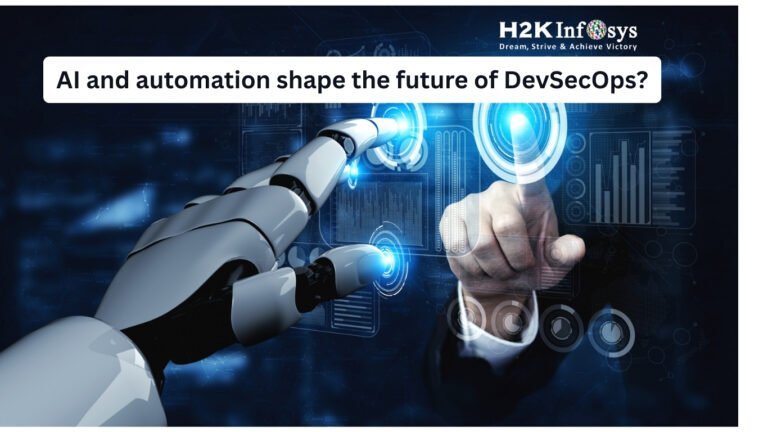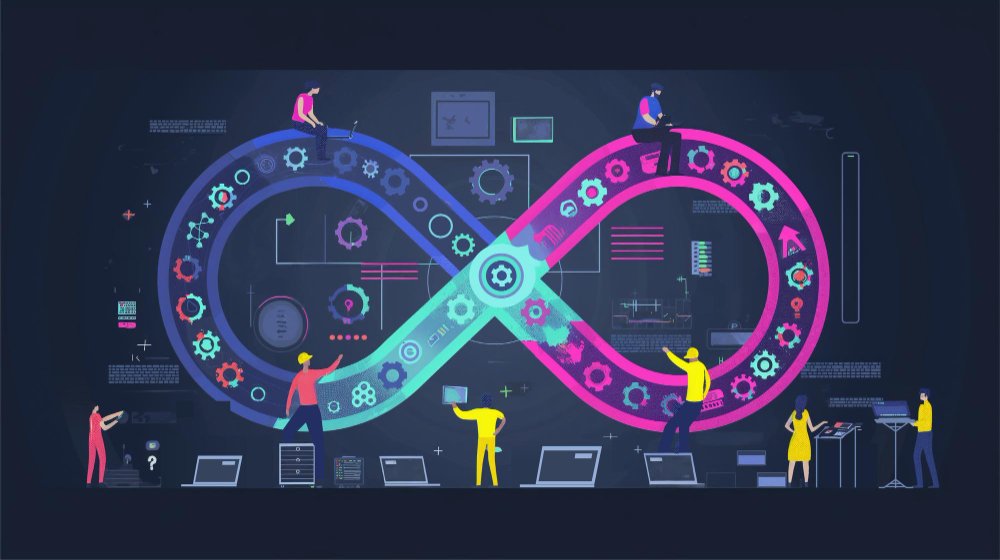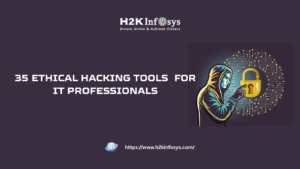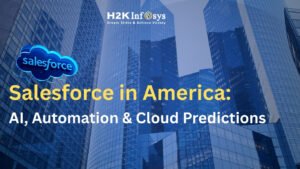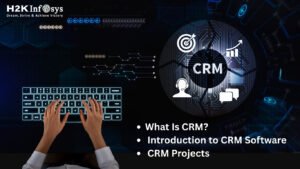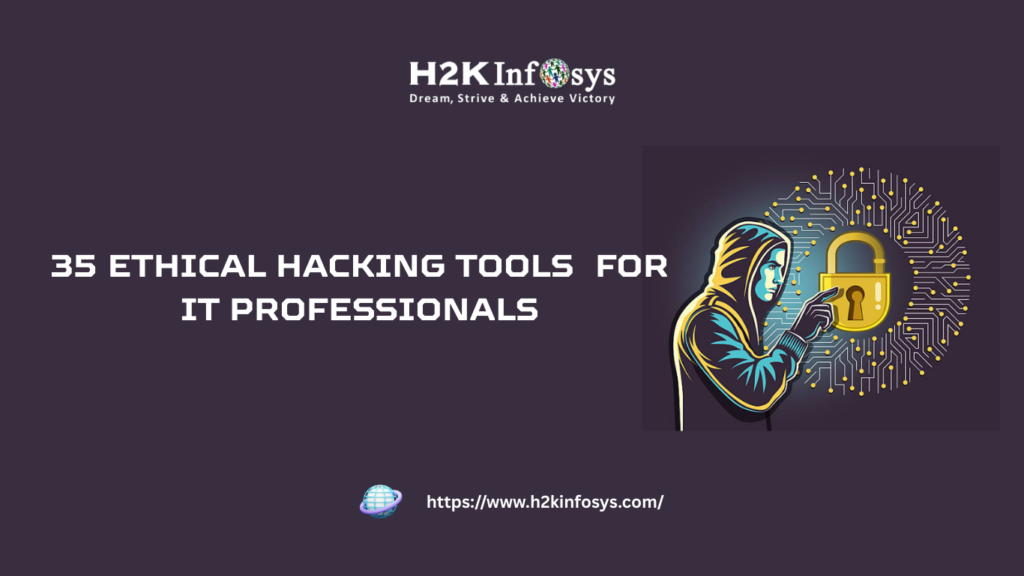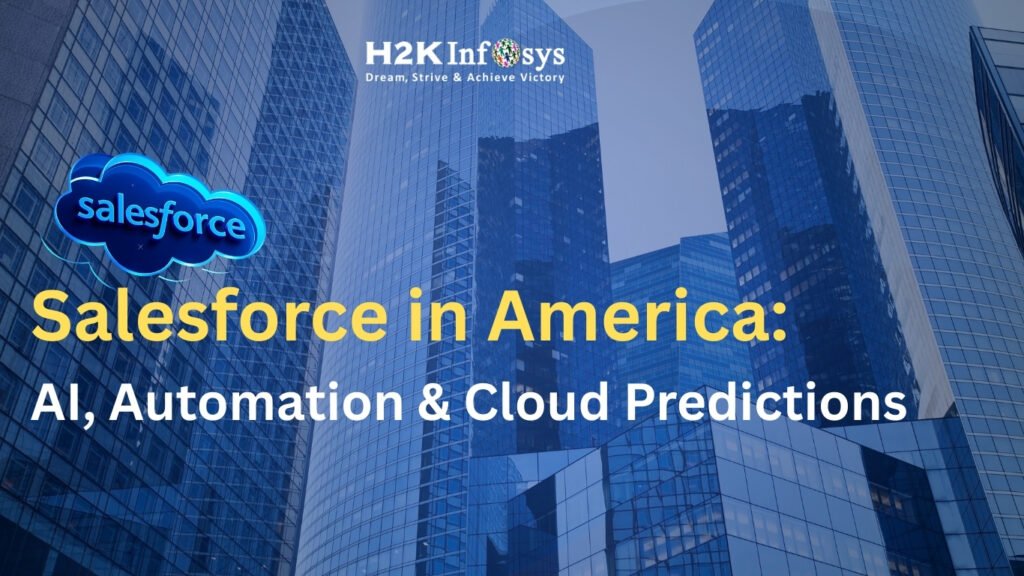Introduction: Why AI and Automation Matter for DevSecOps
Imagine releasing software updates daily, across thousands of servers, while keeping hackers out. That’s the challenge modern businesses face. Traditional security cannot keep up with the speed of DevOps pipelines. This is where AI and automation shape the future of DevSecOps. By combining machine intelligence with automated workflows, companies can detect risks earlier, secure pipelines faster, and innovate without fear.
For learners and professionals, this is also the perfect time to upskill. With the Best DevSecOps certification or DevSecOps training, you can stand out in a market where security and automation skills are in high demand.
What Is DevSecOps?
At its core, DevSecOps integrates security into every stage of the software development lifecycle. Instead of treating security as a final checkpoint, DevSecOps makes it a shared responsibility between developers, operations, and security teams.
Key principles include:
- Shift-left security: Test and monitor early in development.
- Continuous monitoring: Real-time alerts on vulnerabilities.
- Automation: Faster, error-free checks and fixes.
But with rapid code deployments, manual processes still struggle. This is where AI and automation shape the game by bringing intelligence and speed into DevSecOps pipelines.
How AI and Automation Shape DevSecOps Pipelines
Here are the main ways AI and automation transform security practices:
1. Threat Detection at Machine Speed
Traditional tools can’t analyze thousands of logs instantly. AI models can. They detect unusual patterns in traffic, API calls, or system behavior. For example, a sudden spike in failed login attempts may trigger an automated security response.
2. Intelligent Code Review
Automation ensures static application security testing (SAST) tools scan code continuously. AI then prioritizes issues based on severity. This means developers focus on real risks instead of wasting time on false positives.
3. Predictive Risk Management
AI forecasts vulnerabilities by learning from past incidents. Automation applies patches or triggers rollbacks without waiting for human approval. Together, AI and automation shape risk reduction into a proactive process.
4. Continuous Compliance
Frameworks like GDPR, HIPAA, or SOC2 demand ongoing compliance. Automated tools check every update against compliance rules. AI ensures reports are generated instantly for auditors.
5. Real-Time Incident Response
AI-driven playbooks detect attacks in progress. Automation then isolates affected containers or servers. This reduces downtime and limits damage.
Industry Statistics Proving the Shift
- Gartner predicts that by 2026, 60% of enterprises will embed security into DevOps pipelines using automation and AI.
- A Ponemon Institute study revealed that AI-powered threat detection reduces breach costs by 27%.
- According to MarketsandMarkets, the global DevSecOps market will reach $14.2 billion by 2027, fueled by automation demand.
These numbers show why AI and automation shape the future of DevSecOps and why professionals need DevSecOps training to stay competitive.
Practical Examples of AI and Automation in DevSecOps
Example 1: Automated Vulnerability Scanning in AWS
In AWS environments, tools like GuardDuty and Inspector use AI to scan workloads for risks. When threats are detected, automation triggers patches or blocks suspicious IPs. This illustrates how AI and automation shape secure cloud pipelines.
Example 2: Container Security with Kubernetes
AI models detect abnormal container behavior, such as crypto-mining attacks. Automation instantly restarts or quarantines the container.
Example 3: CI/CD Pipelines
GitHub Actions and Jenkins integrate automated security scans. AI models reduce noise by ranking issues. This ensures faster delivery without ignoring threats.
Hands-On Learning: A Simple DevSecOps Workflow
Here’s how learners can try an automated DevSecOps process:
- Code Commit: Developer pushes code to GitHub.
- Automated Scan: Jenkins triggers SAST scan.
- AI Prioritization: AI assigns a severity score to findings.
- Compliance Check: Automation validates code against compliance rules.
- Deployment: Approved code deploys to AWS.
- Monitoring: AI watches logs for anomalies.
- Response: If threat detected, automation rolls back deployment.
This simple workflow shows how AI and automation shape modern pipelines.
Why Professionals Need DevSecOps Training
With AI and automation advancing rapidly, companies want professionals who can:
- Implement secure pipelines.
- Use AI tools for predictive risk detection.
- Configure AWS DevSecOps certification tools like GuardDuty, Inspector, and CloudWatch.
By completing the best DevSecOps certification or a structured DevSecOps training, learners gain practical skills to handle real-world projects.
Benefits of AI and Automation in DevSecOps
- Speed: Faster deployments without sacrificing security.
- Accuracy: AI reduces false positives.
- Efficiency: Automation frees human teams to focus on strategy.
- Resilience: Systems recover faster from attacks.
- Career Growth: Professionals with these skills earn higher salaries.
Each point proves how AI and automation shape not only technology but also career opportunities.
DevSecOps Career Outlook
Roles like DevSecOps Engineer, Cloud Security Specialist, and Security Automation Architect are now among the fastest-growing jobs. According to Glassdoor, average salaries for DevSecOps engineers in the U.S. exceed $125,000 per year.
Employers value hands-on certifications. Whether it’s an AWS DevSecOps certification or vendor-neutral credentials, these courses validate your expertise.
The Best DevSecOps Certification and Training Options
When looking for DevSecOps training, focus on programs that cover:
- Cloud Security (AWS, Azure, GCP).
- Automation Tools (Jenkins, Terraform, Ansible).
- AI-driven Security Tools (Splunk, GuardDuty, Sentinel).
- Compliance Frameworks.
H2K Infosys offers structured DevSecOps courses with placement support. These programs prepare learners for industry roles by providing real-world projects, labs, and guidance.
How AI and Automation Shape Future Trends in DevSecOps
Here’s a look ahead:
- Autonomous Pipelines: Fully automated pipelines that deploy, secure, and recover without human intervention.
- AI-Augmented Developers: AI assistants guiding developers to write secure code.
- Adaptive Security Policies: Policies adjusting dynamically based on real-time threats.
- Cross-Cloud Security: Unified AI-driven monitoring across AWS, Azure, and GCP.
Clearly, AI and automation shape the roadmap for DevSecOps evolution.
Challenges of AI and Automation in DevSecOps
While promising, there are hurdles:
- Bias in AI Models: AI must be trained on diverse datasets.
- Over-Reliance on Automation: Human oversight is still necessary.
- Integration Costs: Small businesses may struggle with initial investment.
This is why DevSecOps training and certification matter to prepare professionals for balancing automation with human judgment.
Key Takeaways
- AI and automation shape security by making it proactive, predictive, and fast.
- They reduce risks, improve compliance, and enable continuous delivery.
- DevSecOps skills are in demand, with certifications opening high-paying career paths.
- Hands-on training ensures learners can implement these tools in AWS and other platforms.
Conclusion
The future of DevSecOps belongs to those who embrace AI and automation. If you want to build a career in this field, the time to act is now.
Enroll in H2K Infosys’ DevSecOps training and certification programs today. Gain real-world skills, earn the best DevSecOps certification, and secure your place in tomorrow’s job market.
